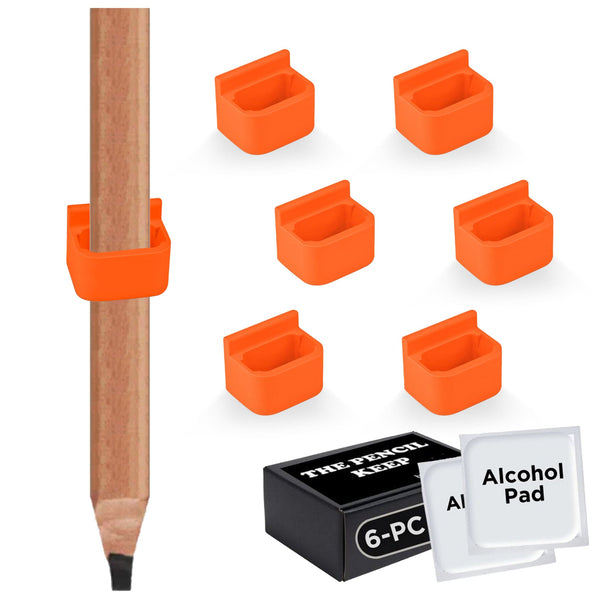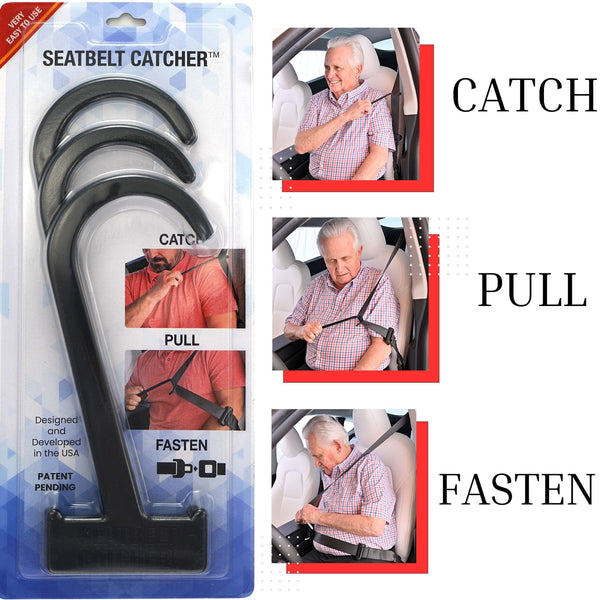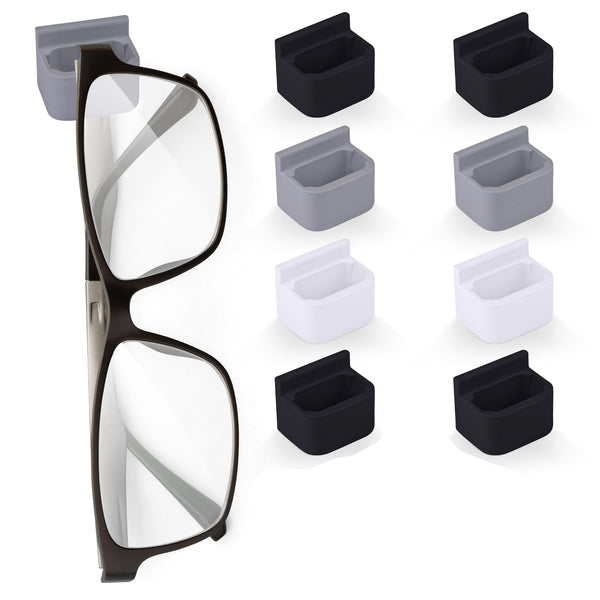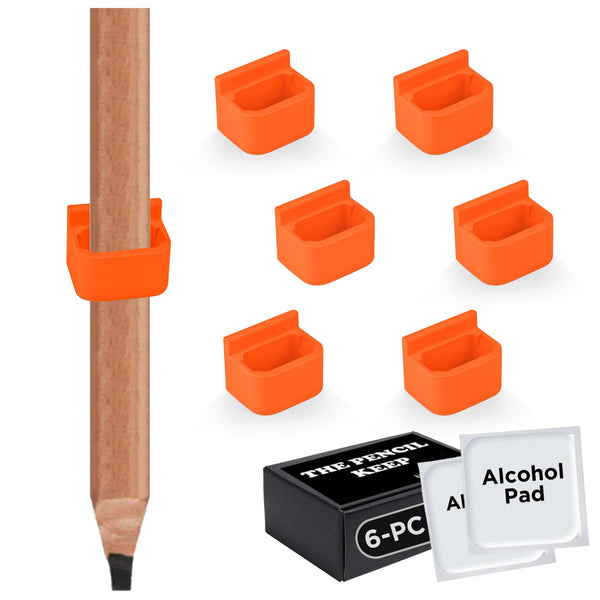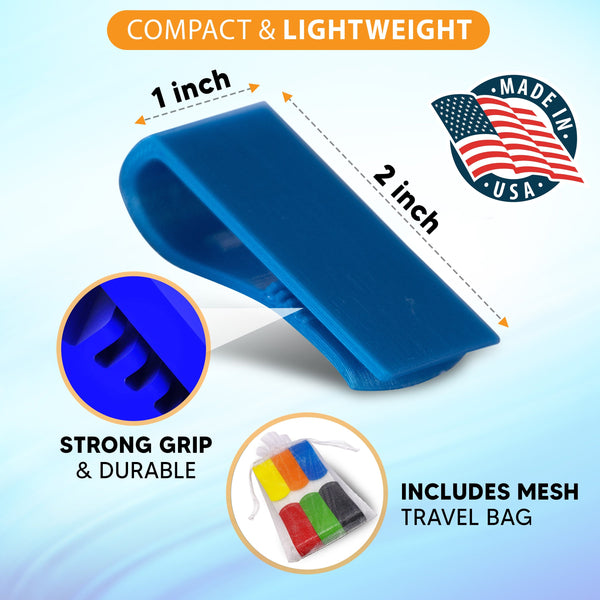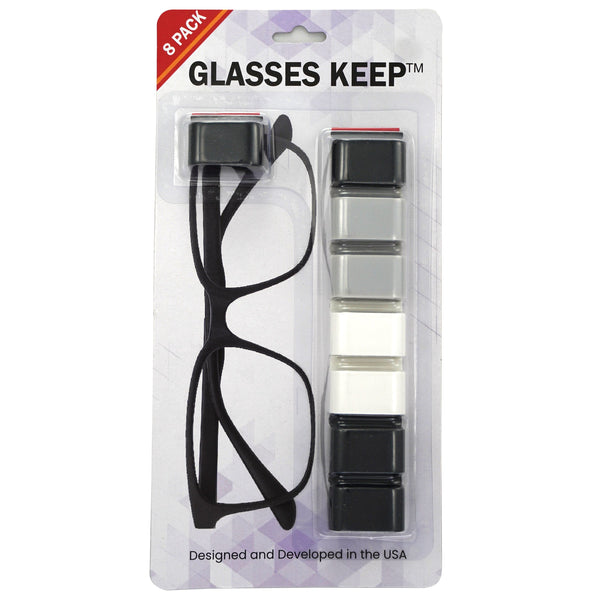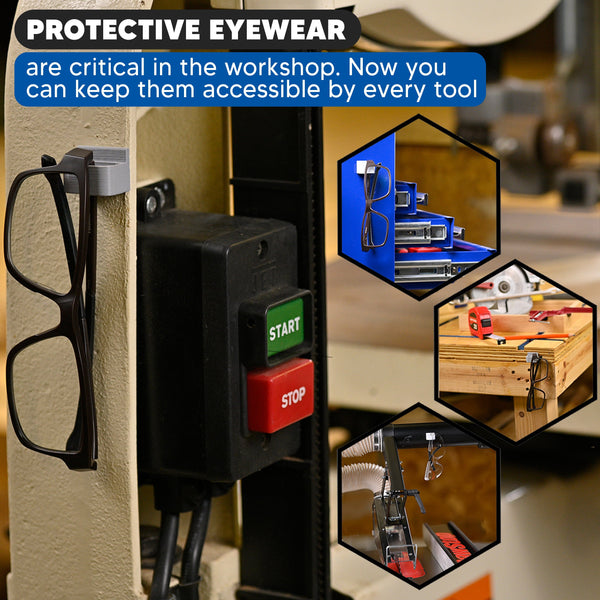As we age, our need for independence and mobility doesn’t diminish; in fact, it often becomes even more significant. However, with that independence comes the responsibility of ensuring our safety on the road. Car safety for seniors is more important than ever, and thankfully, there are numerous tools and tips available to enhance your driving experience and keep you safe. In this comprehensive guide, we’ll explore essential tools, practical tips, and valuable insights to empower seniors in their driving journey. Let’s dive in!
Understanding the Importance of Car Safety for Seniors
As the years go by, our bodies undergo various changes. Vision might decline, reflexes can slow, and even our comfort levels behind the wheel may shift. It’s crucial to recognize these changes and take proactive steps to ensure safety. Understanding car safety for seniors starts with acknowledging these factors and finding ways to adapt. It’s not just about staying on the road; it’s about maximizing the quality of life through safe travel.
The Impact of Aging on Driving
Did you know that more than 40% of seniors have some form of vision impairment? This can significantly affect driving, making it essential to have regular eye examinations and updated prescriptions for glasses. Additionally, hearing loss can impact your ability to detect sirens or honking horns. Another factor to consider is cognitive changes; issues like dementia or reduced judgment can also play a role in driving safety. Being aware of these changes prepares you for driving and helps you make informed decisions about your capabilities.

Essential Tools for Safe Driving
The world of automotive safety has evolved significantly, and so too have the tools designed to help seniors drive safely. Here’s a rundown of some must-have gadgets and tools for car safety for seniors.
Seatbelt Catcher: Simple Yet Effective
One tool that many seniors find incredibly helpful is the seatbelt catcher. It’s a nifty device designed to assist in reaching the seatbelt, making it easier to grab and fasten, especially for those with limited mobility or dexterity. This simple addition can ensure that you’re always buckled up securely, which is the first step toward safe driving. Not only does it provide ease of access, but it also enhances overall safety by ensuring the seatbelt is used, which can help eliminate injury in the event of an accident.
Blind Spot Mirrors for Enhanced Visibility
Blind spot mirrors are small, adjustable mirrors that attach to your side mirrors, giving you a better view of the areas that are typically hard to see. They’re particularly useful for seniors who may struggle with neck mobility. Being aware of your surroundings is a critical aspect of car safety, and these mirrors can provide that extra layer of visibility. By reducing the risk of side collisions, you can drive with greater confidence.
Senior-Friendly Car Controls
If you’re considering purchasing a new vehicle, look for models that feature senior-friendly controls. This includes larger buttons, adjustable seats, and easy-to-read dashboard displays. Some cars even come with voice command features, reducing the need to fumble with buttons while driving. Having a vehicle designed with seniors in mind can significantly ease the driving experience and allow you to focus more on the road and less on struggling with controls.
GPS Navigation Systems: The Road Less Traveled
Getting lost can be a significant concern for seniors, but with modern GPS navigation systems, it doesn't have to be. Many systems now come with clear, large screens, and some even offer voice prompts to guide you. This can be a huge relief, ensuring that you're focused on the road rather than worrying about directions. Additionally, some GPS systems include features that inform you about traffic conditions, road closures, and alternate routes, allowing you to plan your trips better.
Emergency Roadside Kits: Be Prepared
Every driver should carry an emergency roadside kit, but it’s especially crucial for seniors. Stock your kit with items like a flashlight, first-aid supplies, water, and non-perishable snacks. Think about including jumper cables, a tire inflator, and a blanket as well. If you find yourself stranded, having these items can make a stressful situation much more manageable. Remember, being prepared is often the key to staying safe.

Useful Tips for Safe Driving
In addition to the right tools, there are several driving tips that can help promote safety on the road. Here are some practical suggestions to keep in mind to enhance your awareness and driving skills.
Regular Health Check-ups
Keep regular appointments with your healthcare provider. Discuss any concerns you have regarding your driving abilities. They can provide valuable insight and may recommend tests for vision, hearing, and overall health. If medications might affect your driving, be sure to have that conversation, too. Regular check-ups can help you stay ahead of any health issues that may impede your ability to drive safely.
Practice Defensive Driving
Defensive driving is a mindset that every driver should adopt, but it’s especially vital for seniors. Stay alert and be aware of your surroundings. Watch for erratic drivers, pedestrians, and cyclists. Anticipate other drivers’ actions to avoid accidents before they happen. Remember, you can’t control the behavior of other drivers, but you can control your response to it.
Limit Distractions
Distractions can come from many sources: smartphones, pets, and even passengers. To ensure your focus is on the road, consider limiting distractions. That means keeping your phone out of reach or leaving it on silent while driving. If you do need to take a call, pull over safely before doing so. Create a no-distraction rule for yourself and your passengers to foster a safer driving environment.
Time Your Travels
Consider the time of day when you plan to drive. Daylight can make a significant difference in visibility, so if you’re not a fan of night driving, schedule your activities during daylight hours. You might also want to avoid driving during rush hour to keep stress levels low. Choose routes that are familiar and less congested whenever possible, as a calm drive is often a safer one.
Know When to Retire the Keys
One of the most challenging conversations a senior driver can face is the decision to stop driving entirely. It’s essential to be honest with yourself about your abilities. If you notice frequent near-misses, regular confusion, or difficulty gauging speed or distance, it may be time to reconsider your driving habits. Discuss any concerns with family members or friends; they can provide valuable support. Remember, there’s no shame in prioritizing safety over pride. Alternatives like public transportation, rideshare apps, or community shuttles can help maintain your independence without the stress of driving.

Building a Support System
Surrounding yourself with a strong support system can make a world of difference in ensuring your safety while driving. Consider these ideas:
Family and Friends: Your Safety Net
Don’t hesitate to ask for help or guidance from loved ones. They can provide feedback on your driving skills or even accompany you on trips until you regain confidence. Having a familiar face in the passenger seat helps ease nerves. Plus, it’s an excellent opportunity to spend quality time together while running errands or enjoying leisurely drives.
Driving Classes for Seniors: Stay Sharp
Many community centers and organizations offer driving refresher courses aimed specifically at seniors. These courses can help refresh your skills, teach you about new traffic laws, and even provide new insights into car safety for seniors. Engaging in these courses can also empower you with knowledge, making you a more confident and competent driver.
Online Resources: Virtual Support
Check out websites and forums dedicated to senior driving safety. These platforms can provide tips, shared experiences, and resources from other seniors facing similar challenges. Knowledge is empowering, and connecting with others can provide a sense of camaraderie. Forums can be especially useful for sharing personal experiences and strategies that have worked for you or learning from others' journeys.
Staying Updated on Technology
Advancements in technology have transformed driving, making it easier and safer than ever. Staying updated on these innovations can contribute significantly to car safety for seniors.
Understanding Advanced Driver Assistance Systems (ADAS)
Many newer vehicles come equipped with advanced driver assistance systems, which can help make driving safer. Features like lane departure warnings, automatic braking, and adaptive cruise control are designed to assist drivers. Familiarize yourself with your vehicle’s technology to ensure you’re making the most of it. Many systems can help ease your driving experience and provide peace of mind, allowing you to focus on the road and keep your attention where it matters most.
Smartphone Health Apps: Tech for Safety
Consider using smartphone apps aimed at keeping track of your health. Some apps can alert you to medication side effects that might affect your driving. Regularly check in with friends and family through apps that allow them to monitor your driving patterns or offer assistance when needed. Technology can be a great ally in maintaining your health and safety on the road.
Online Tutorials: Learning Made Easy
If you’re not tech-savvy, there are countless online tutorials available to help you understand the latest vehicle technology. Many automotive manufacturers also provide user-friendly manuals that can guide you through the features of your specific vehicle. Don’t shy away from learning something new. You’ll feel more confident and safer behind the wheel, and expanding your tech skills can even become a fun hobby!

Conclusion: Prioritizing Car Safety for Seniors
Car safety for seniors is a multifaceted concern, involving understanding personal limits, utilizing essential tools, and continuously educating oneself on safe driving practices. Remember the importance of using tools like the seatbelt catcher to enhance your driving experience, allowing for easier access and a more secure fit. Regular check-ups, defensive driving techniques, and plenty of support from family are key components to staying safe on the road.
Embrace the freedom that comes with driving while ensuring you are doing so safely. Independence is vital at any age, and with the right tools, strategies, and support, you can enjoy your time on the road with confidence! Always remember: safety first, adventure second, and the open road awaits!
